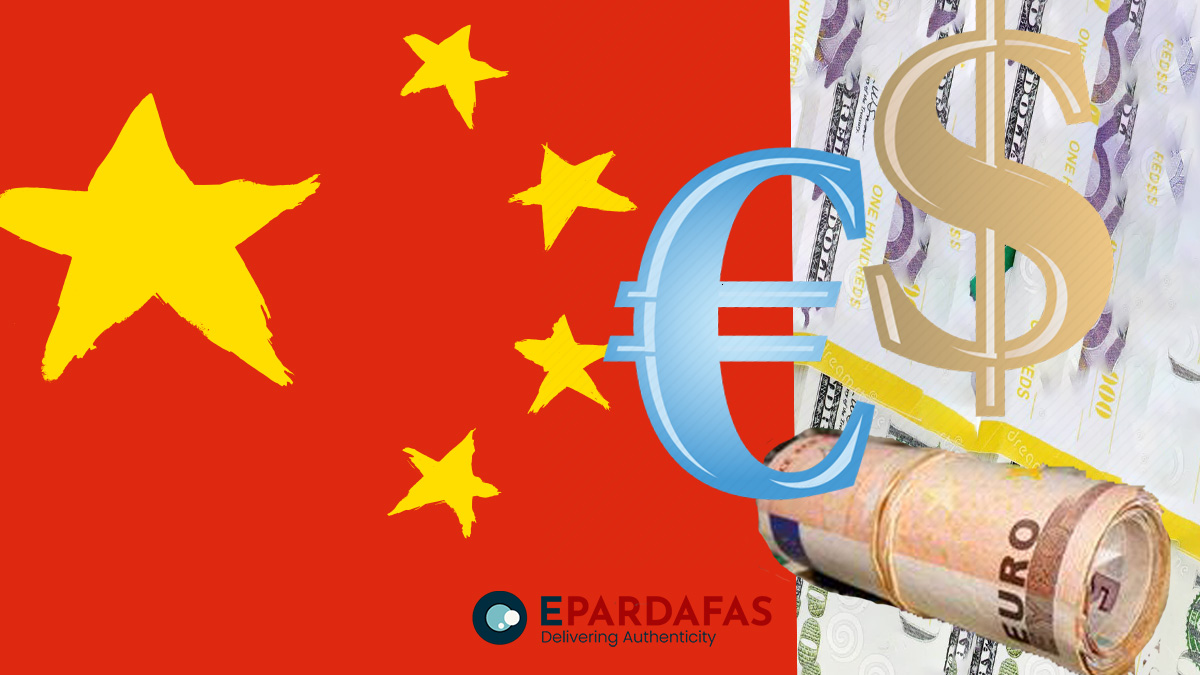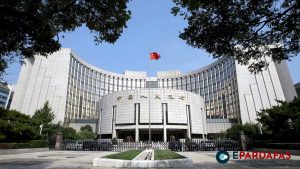
China’s State Banks Employ Dollar Selling to Counter Yuan Depreciation in Global Markets
Major state-owned banks in China have been observed engaging in active selling of U.S. dollars, strategically acquiring yuan across both onshore and offshore spot foreign exchange markets this week, sources with direct knowledge have reported. This concerted effort aims to curb the recent depreciation of the yuan, reflecting a resolute attempt to stabilize the currency’s value.
While state banks also conduct independent trading and execute clients’ orders, their involvement often aligns with directives from the central bank during times of yuan pressure – a scenario evident at present.
A Shanghai-based trader remarked, “State bank dollar selling has evolved into a prevailing strategy to mitigate the pace of yuan depreciation.”
Notably, offshore branches of these state-owned banks have been equally engaged, participating in dollar selling activities during London and New York trading hours this week, as confirmed by two sources directly familiar with the situation.
This strategic maneuver holds the potential to curtail declines in the offshore yuan and prevent it from significantly diverging from its onshore counterpart.
The yuan’s value has eroded by approximately 2.4% against the U.S. dollar since the commencement of this month, contributing to a cumulative 6% decline since the year’s commencement. Presently, the onshore yuan was trading at 7.3145 per dollar around 0442 GMT, while its offshore equivalent stood at 7.3400.
The recent acceleration in the yuan’s devaluation is attributed to China’s expanding yield differential in comparison to the United States. Additionally, growing apprehensions among investors regarding China’s sluggish economic growth and heightened default risks within its property and shadow banking sectors have further fueled this decline.
Investor disappointment with the government’s measured rollout of stimulus initiatives aimed at bolstering growth has been palpable. Simultaneously, the People’s Bank of China (PBOC) has taken steps to ease monetary policy in support of the economy. However, this effort has translated into increased pressure on the yuan due to the implications of lowered interest rates.
This week, yield differentials between China and the U.S. reached their widest margin in 16 years, driven by speculation surrounding additional policy easing from the PBOC following a surprise rate cut. Such actions, while potentially beneficial to the economy, have placed the yuan under amplified pressure.
In recent weeks, financial experts have noted the Chinese authorities’ deliberate measures to decelerate the yuan’s depreciation. This has included the PBOC consistently setting a stronger-than-anticipated fixing rate and state banks actively participating in dollar sales.
A comparable strategy was deployed in September 2022 when the PBOC directed major state-owned banks to prepare for dollar sales in offshore markets, successfully stemming the yuan’s slide.
In July, the central bank modified a parameter, enabling companies to secure greater overseas borrowing capacity to bring foreign currency onshore for conversion, thereby supporting the yuan. Nevertheless, the higher interest rates associated with foreign borrowing have limited the effectiveness of this policy tweak.
A strategy that has proven effective is state banks deliberately offering less yuan lending in the offshore Hong Kong market. This approach has contributed to limiting the yuan’s depreciation by creating liquidity constraints. Hong Kong’s overnight yuan borrowing costs experienced a notable surge, reaching levels not seen since April 2022, with the CNH Hong Kong Interbank Offered Rate benchmark witnessing broad-based increases.
Although this liquidity squeeze has been controlled to avoid unsettling the bond market sentiment, one banker acknowledged that excessively draining yuan liquidity from this market could have unintended repercussions.
(This news article has been crafted using accurate information sourced from several reputable international news agencies- Editorial Team)














Comments